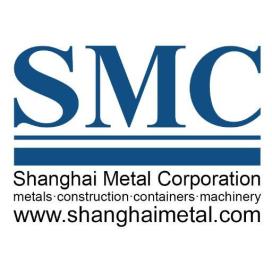The Eiffel Tower, Louvre, Notre Dame, Versailles, Moulin Rouge, those are the places to visit in Paris. In 2009, the city of love also became famous of a creative marketing campaign.
The Korean electronics company LG set up a creative marketing campaign for their ecological fridge. The company, one of South Korea’s largest chaebols, turned a 70 meter container ship into the world’s biggest fridge that sailed up the Seine from Le Havre to Paris between June 22 and June 25. The vessel transported cooking ingredients that the famous 3-star Michelin chef Alain Passard cooked for visiting journalists.

LG’s ecological fridge uses a patented “Linear Compressor” technology that is to lower energy consumption up to 20 percent compared to other conventional fridges. The new fridge technology has also received an A+ rating from the EU.

Refrigerated containers, or reefer containers, are mainly used for shipping temperature sensitive products even with extremely long distances. Reefer container technology enabled for instance the shipping of Camel Milk from the United Arab Emirates to Europe. Please, read the whole story here.

As businesses are getting more aware of the benefits of refrigerated containers, new uses for them are emerging. Reefer containers are basically tools that combine mobility and cold chain. One can set up a temperature sensitive business and still vary its location. For example, Atlanta’s Botanical Garden used a refrigerated container to set up a mobile bio-secure research laboratory for their research on frogs in 2011. Reefer containers are also convenient in, say, open-air events where organizers need to keep their heavy loads of Red Bulls and Coca-Colas chilled all the time.

Like LG, Shanghai Metal Corporation‘s reefer containers also use environmentally friendly and energy efficient technology that generate a really low CO2 footprint. We also apply high standards in their quality assurance. To learn more about our refrigerated containers, please visit our website. Please also follow us on LinkedIn, Twitter, Facebook and Instagram.
Tuomas P. // SMC Editor
Pictures and original stories: Container Technology Inc., SlipperyBrick.com, Gcaptain.com, Btwins.net, Stickboydaily.com,


